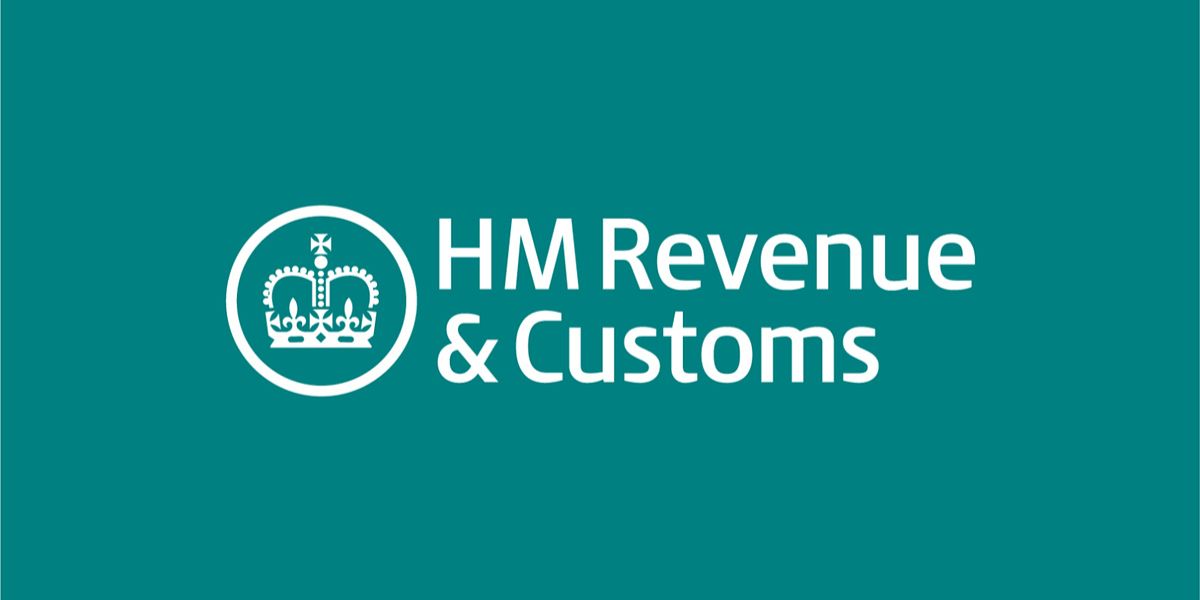The UK Treasury published Order SI 2025/553 on 6 May 2025, adding more government bonds, also called “gilt-edged securities”, to the list of investments exempt from capital gains tax and corporate tax.
In the UK, government bonds are referred to as gilts. They are a type of investment that offers a fixed return over a set period. Essentially, purchasing a gilt means lending money to the government, which in turn agrees to pay regular interest to the investor until the bond matures. At maturity, the government repays the original amount invested, known as the bond’s face value.
Gilts provide a consistent income through fixed interest payments, known as the coupon. They also serve as a reflection of market confidence in the issuing government, as factors like interest rates, inflation, and the strength of the national currency can all influence gilt prices.
Under UK law, profits from selling these gilts are not taxable, as set out in the Taxation of Chargeable Gains Act 1992. To qualify, gilts must be officially recognised by the Treasury and issued after 15 April 1969, in accordance with the National Loans Act 1968.
The latest order includes the following newly exempt gilts:
- 4½% Treasury Gilt 2028
- 0¾% Index-linked Treasury Gilt 2033
- 4⅝% Treasury Gilt 2034
- 4¾% Treasury Gilt 2043
- 3¾% Treasury Gilt 2027
- 4⅜% Treasury Gilt 2054
- 4% Treasury Gilt 2031
- 1¼% Index-linked Treasury Gilt 2054
- 4⅛% Treasury Gilt 2029
- 4¼% Treasury Gilt 2034
- 4⅜% Treasury Gilt 2040
- 4⅜% Treasury Gilt 2028
- 4⅜% Treasury Gilt 2030
- 1⅛% Index-linked Treasury Gilt 2035
















